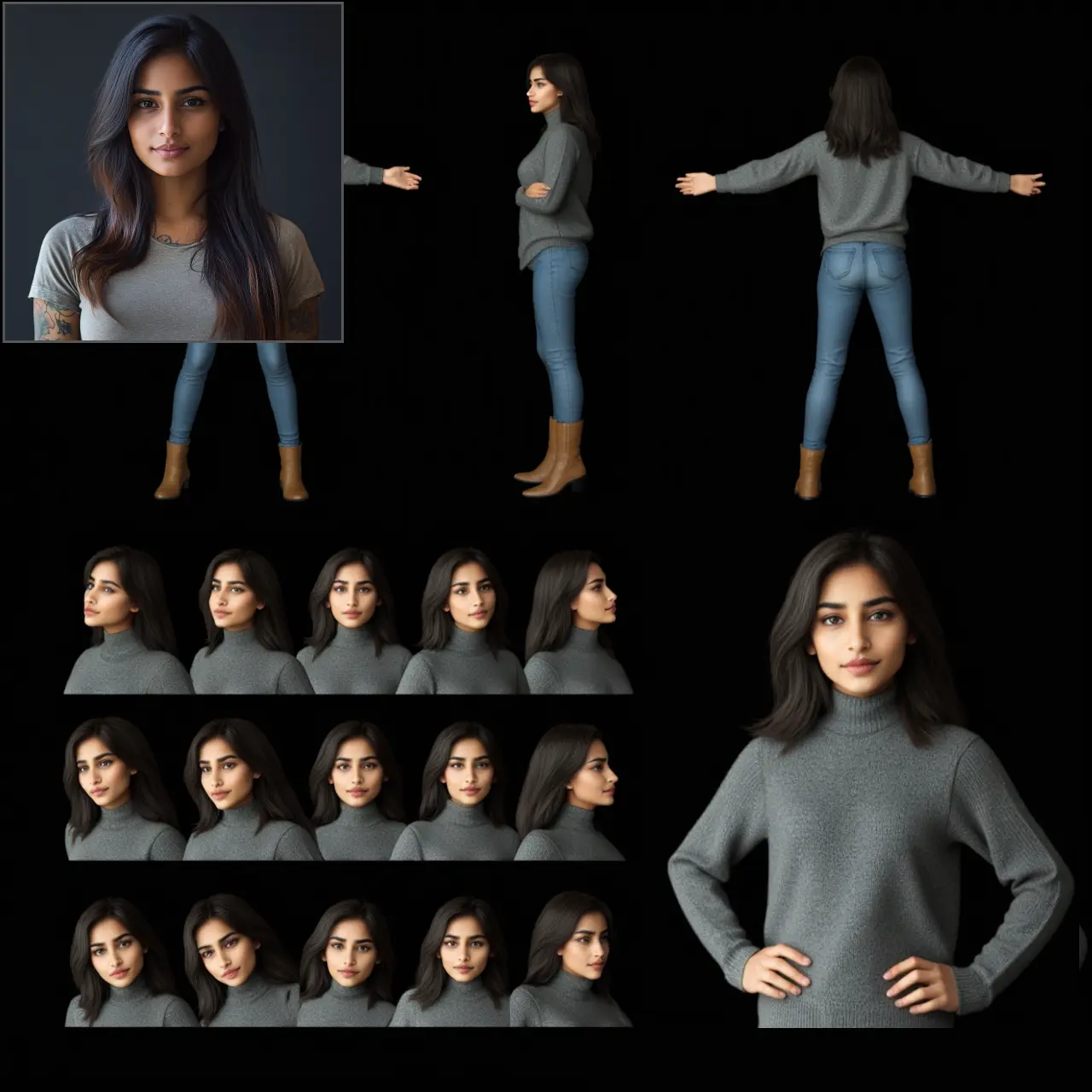ComfyUI Node: Snap Canvas
PyQtCanvasNode
CategorySnap Processing
SSsnap (Account age: 584days) Extension
Snap Processing for Comfyui Latest Updated
2024-10-22 Github Stars
0.06K
How to Install Snap Processing for Comfyui
Install this extension via the ComfyUI Manager by searching for Snap Processing for Comfyui- 1. Click the Manager button in the main menu
- 2. Select Custom Nodes Manager button
- 3. Enter Snap Processing for Comfyui in the search bar
Visit ComfyUI Online for ready-to-use ComfyUI environment
- Free trial available
- 16GB VRAM to 80GB VRAM GPU machines
- 400+ preloaded models/nodes
- Freedom to upload custom models/nodes
- 200+ ready-to-run workflows
- 100% private workspace with up to 200GB storage
- Dedicated Support
Snap Canvas Description
Facilitates interactive image processing in GUI using PyQt5 canvas for real-time adjustments and compatibility with image processing libraries.
Snap Canvas:
The PyQtCanvasNode is a powerful tool designed to facilitate interactive image processing within a graphical user interface (GUI) environment. It leverages the capabilities of PyQt5 to provide a dynamic canvas where you can manipulate images using various transformations such as scaling and rotating. This node is particularly beneficial for AI artists who wish to visually adjust and refine their generated images in real-time, offering a seamless integration between computational image processing and user-driven adjustments. The primary goal of the PyQtCanvasNode is to enhance the creative workflow by allowing you to intuitively modify images, ensuring that the final output aligns with your artistic vision. By converting image data between different formats, such as tensors and QImages, it ensures compatibility with various image processing libraries and tools, making it a versatile component in any AI art pipeline.
Snap Canvas Input Parameters:
image
The image parameter is a tensor representing the image data that you wish to process. This tensor is typically a multi-dimensional array containing pixel values, which the node will convert into a QImage for display and manipulation within the PyQt GUI. The quality and resolution of the input image can significantly impact the processing time and the visual output, so it is advisable to use images that are optimized for your specific use case.
seed
The seed parameter is an integer value used to ensure reproducibility in image processing tasks. By providing a specific seed, you can guarantee that the transformations applied to the image will be consistent across different runs. This is particularly useful when you need to achieve the same visual effects or transformations repeatedly. The seed value can be any integer, and its choice does not affect the quality of the image but rather the consistency of the processing results.
Snap Canvas Output Parameters:
modified_image
The modified_image is a tensor that represents the image after it has been processed and potentially altered through the PyQt GUI. This output allows you to retrieve the final version of the image, which may include user-driven modifications such as scaling or rotation. The modified image is ready for further processing or saving, depending on your workflow needs.
seed
The seed output is the same integer value that was input, ensuring that the processing steps can be replicated if needed. This output is crucial for maintaining consistency in image processing tasks, especially when sharing results or collaborating with others.
png_image_path
The png_image_path is a string that provides the file path to the saved PNG version of the modified image. This output is useful for accessing the image outside of the PyQt environment, allowing you to view, share, or further edit the image using other tools.
x
The x output is an integer representing the x-coordinate of the top-left corner of the modified image within the canvas. This value is important for understanding the positioning of the image after transformations have been applied.
y
The y output is an integer representing the y-coordinate of the top-left corner of the modified image within the canvas. Like the x output, this value helps you understand the image's positioning.
scale_factor
The scale_factor is a float that indicates the scaling applied to the image during processing. This value is essential for understanding the extent of any zoom or resizing operations performed on the image.
Snap Canvas Usage Tips:
- Ensure that your input image tensor is correctly formatted and optimized for the best performance and visual results.
- Utilize the seed parameter to maintain consistency across different processing sessions, especially when working on collaborative projects.
Snap Canvas Common Errors and Solutions:
Error in run_pyqt_gui: <error_message>
- Explanation: This error occurs when there is an issue initializing or running the PyQt GUI, possibly due to incorrect image data or application setup.
- Solution: Verify that the input image tensor is correctly formatted and that the PyQt application is properly initialized. Ensure all necessary libraries are installed and up-to-date.
激活 PyQt 时出错: <error_message>
- Explanation: This error indicates a problem during the activation or execution of the PyQt interface, which might be due to incorrect input parameters or system configuration.
- Solution: Check the input parameters for correctness and ensure that your system meets all the requirements for running PyQt applications. Reinstall or update PyQt if necessary.
Snap Canvas Related Nodes
RunComfy is the premier ComfyUI platform, offering ComfyUI online environment and services, along with ComfyUI workflows featuring stunning visuals. RunComfy also provides AI Playground, enabling artists to harness the latest AI tools to create incredible art.


